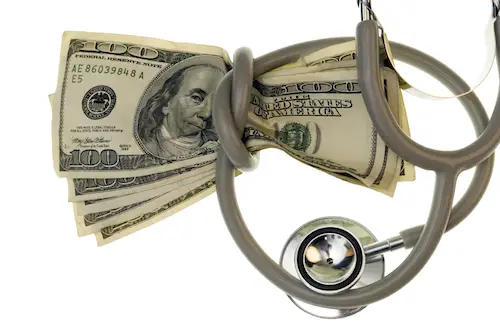Until this year, enrollees in the Federal Employees Health Benefits (FEHB) program had two billing options: self, and self plus family. Childless married couples that wanted coverage were obliged to “select” family. This meant they were placed with groups of three or more, with higher premiums due to the higher numbers. The lack of granularity in premium setting was widely perceived as unfair and inequitable.
Finally, in 2016 the adjustment was made. Congress allowed OPM to establish a third option: self plus one. It was believed this would provide significant relief for the childless couples. However, what actually happened was the top, national, fee-for-service companies determined the premiums for the new self plus one level would be considerably higher than expected. “Expected” was approximately double the rate charged for self – this would be about 100% more. Twice as many people, twice the premium.
Instead of “approximately double,” five of the top six carriers set the new premiums for self plus one at 180% or more higher than self. In one case – MHBP standard – the new rate was slightly more than triple the self plus one rate (+204%)!
The most common explanation for this apparent inequity was that virtually all childless, married couples would move into the new option, and everybody knows these couples are frequently older. This means, of course, they get sick or injured more often than younger folks, and their recovery time is longer, hence they have substantially higher hospital & medical expenses.
The above conveniently ignores the fact that many childless couples are NOT older, and they do NOT have higher expenses. It also ignores the hugely important, critical fact that upon reaching age 65, older couples have Medicare Part A, which pays most of their hospital expenses. Frequently, they also buy Medicare Part B, which covers most of their doctor expenses.
OPM tells us there are 1.9 million FEHB retirees, spouses, and survivors age 65 or over. These members have their hospital bills paid by Medicare and in many cases their doctor bills are also paid by Medicare. This being the case, how can their increased “expenses” justify higher FEHB premiums?
Somebody else is paying the bills. This is called the “Medicare dividend.” If anything, one might reasonably believe that upon joining Medicare, the FEHB premiums for Medicare retirees, spouses, and survivors should be lowered.
I selected one level from each of the six national, fee-for-service FEHB insurance carriers, and used the full, total premium instead of the retiree’s share. The latter is not a good indicator.
| Carrier/Level | Self | Self + 1 | % Increase | Family | % Increase |
|---|---|---|---|---|---|
| Blue Cross, Basic | $594 | $1,347 | 127 | $1,414 | 4.9 |
| APWU, High | $462 | $1,335 | 189 | $1,526 | 14.3 |
| GEHA, Standard | $337 | $965 | 186 | $1,061 | 10.0 |
| HHBP, Standard | $455 | $1,382 | 204 | $1,410 | 2.0 |
| NALC,Value | $280 | $811 | 190 | $811 | -0- |
| SAMBA, Standard | $412 | $1,210 | 194 | $1,265 | 4.5 |
Now take a look at family. Despite having an unlimited number of members, the percent increases of family premiums compared to self plus one are quite modest, with only one (barely) exceeding ten percent. Another rate has no increase at all.
What is going on here? The large increases for one level and the small increases for the other both appear counter-intuitive.
One assumption. The carriers are ignoring the Medicare dividend. This ONE assumption explains why self plus one is so high (all those old folks!), and why the family premium is so low (we got rid of the old folks!).
Occam’s razor tells us we should look first at whatever will provide a satisfactory answer using the fewest assumptions. Assuming that the insurance companies are ignoring the money paid by Medicare does the job here. Perhaps the reader has a better explanation.



